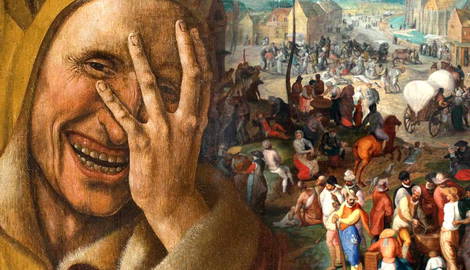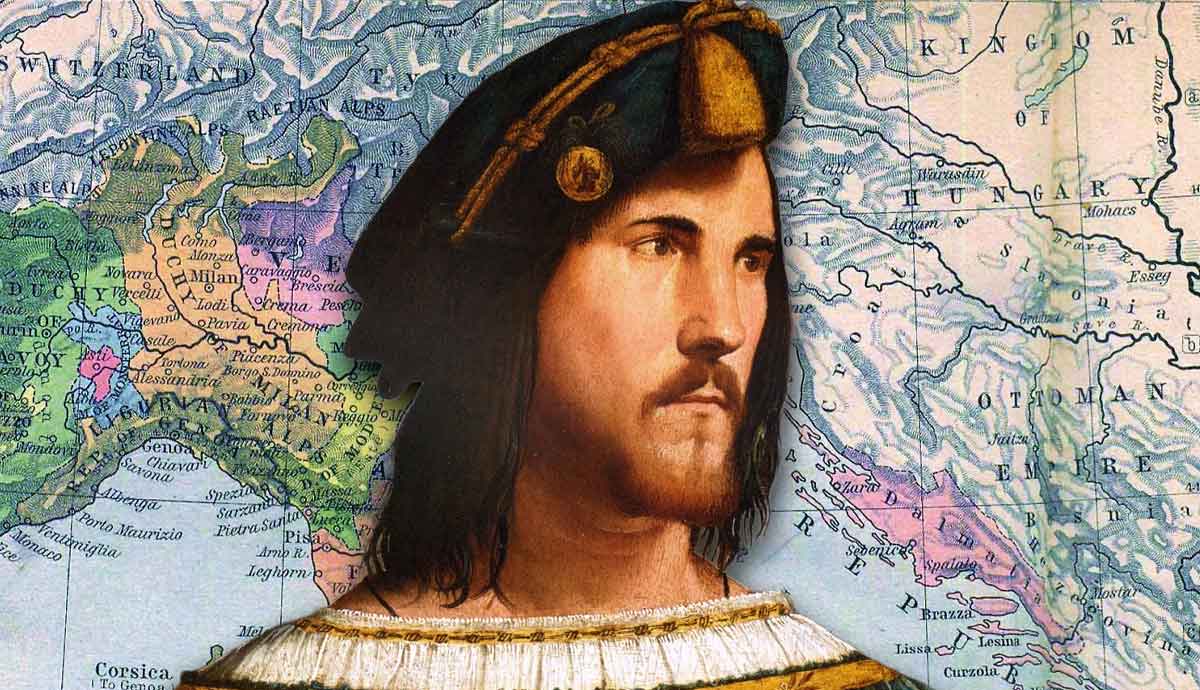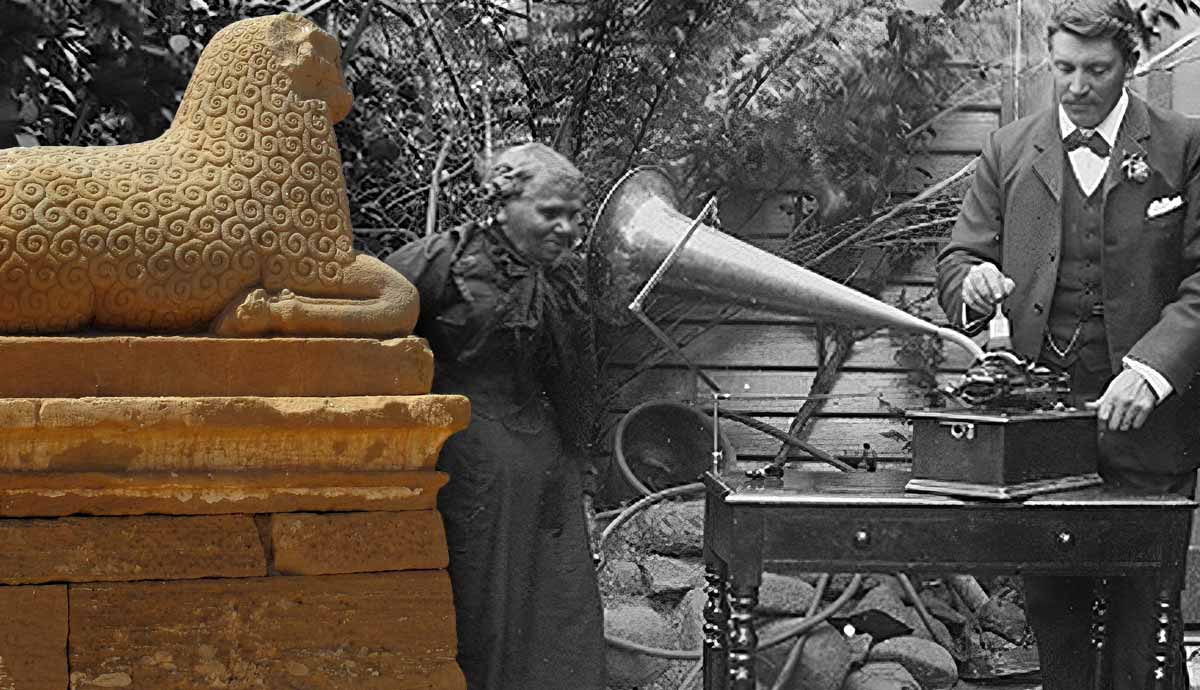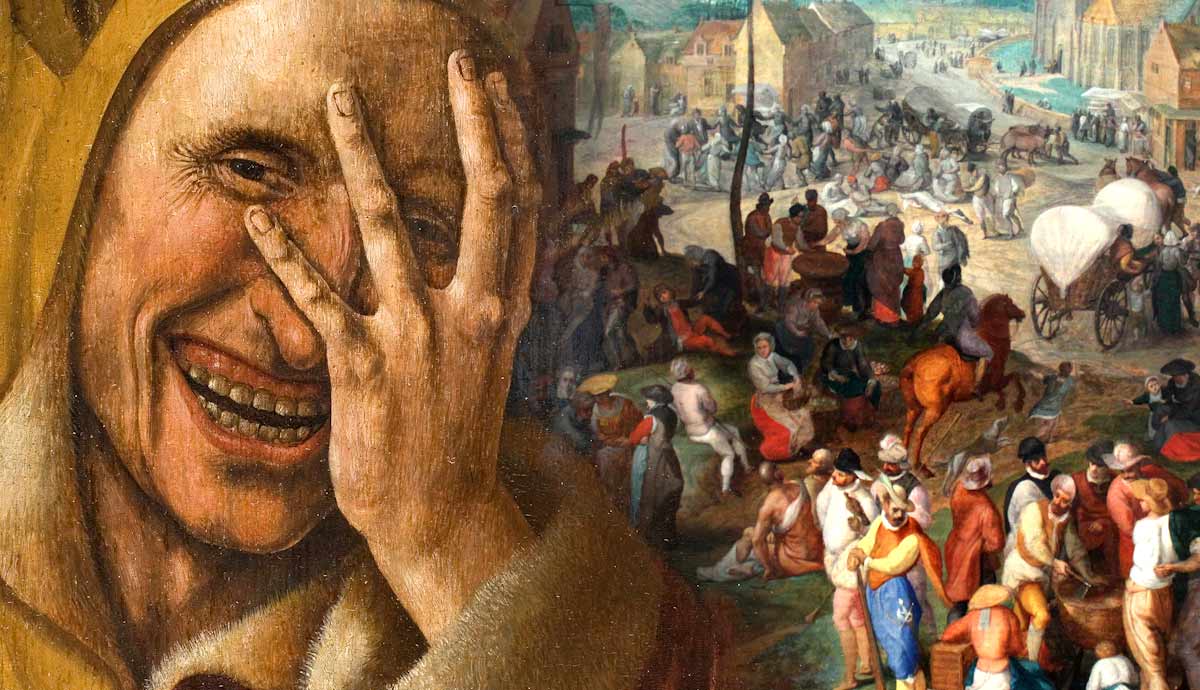
It is a common misconception that life in the Middle Ages was extremely harsh and depressing. This couldn’t be further from the truth! While it is true that, at times, war and disease spread across the land, not all was doom and gloom. People (including peasants) had plenty of free time to enjoy life, and there were many ways to enjoy it. Discover some of the forms of entertainment popular in the Medieval period.
1. Board Games

Board games have a long history, with evidence that they were a favored pastime as far back as ancient Egypt. They were also particularly popular among the Vikings. They continued to be a popular form of entertainment in the Middle Ages, challenging the mind and creating a friendly, competitive environment. Many Medieval games are still popular today, such as Chess and Checkers.
Modern Backgammon is a direct descendant of a game called “Irish,” played throughout Britain, and was, in turn, a direct descendant of a game called “Tables,” with various versions of the game going back to Greco-Roman times. Other board games, such as Nine Men’s Morris and Fox & Geese, were also extremely popular.

Games involving dice, bones, and other paraphernalia were also played. “Knucklebones” was especially popular among children. The object was to throw a knucklebone (or a substitute) into the air and manipulate other knucklebones on the ground before the thrown object landed.
Mentioned in Chaucer’s Canterbury Tales, “Hazard” was a dice game that was popular as well as complicated. Naturally, many of these games involved a fair amount of gambling!
2. Eating!

Contrary to popular belief, the Middle Ages were not a time of poor nutrition. While the amount and quality of food available varied by social class and location, access to food was generally good. While occasional food shortages and famines were a part of life, the wealthy could afford to eat extravagantly, and many did so with great enthusiasm.
Feasts and banquets were an excellent way to enjoy life and display wealth, impressing guests by procuring the fanciest foods with the most exotic herbs and spices. These dinners were large affairs, requiring a tremendous amount of preparation, with teams of cooks working many hours and even days to get things ready.
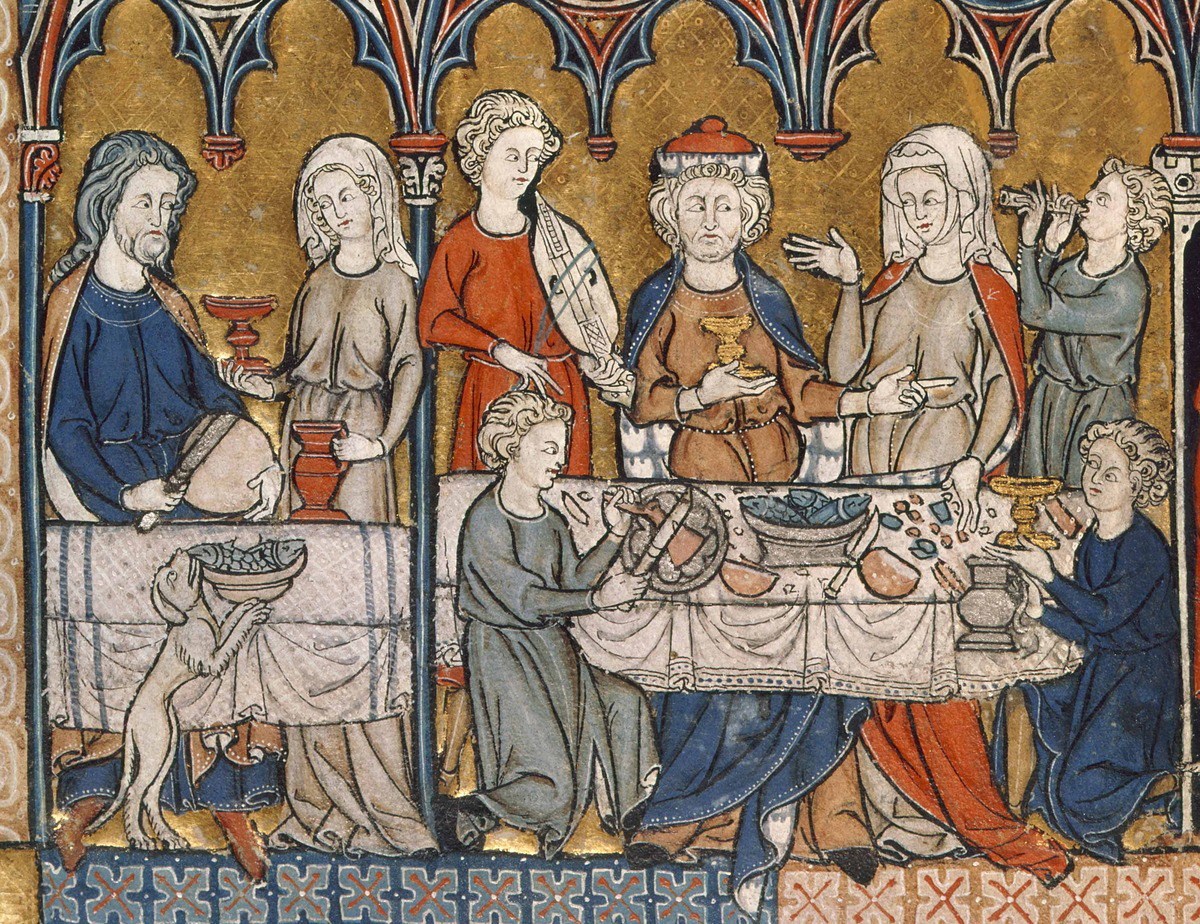
The main difference between feasts and banquets is that feasts were generally large dinners for any occasion, often accompanying religious ceremonies. In contrast, banquets were feasts held to honor a special guest or guests. Whether a banquet or just a regular feast, the dinners were often accompanied by entertainment, such as jugglers and jesters, who would amuse the guests with their antics.
An interesting note about medieval dinners is that there was no separation between the courses. Everything was brought out at the same time, which required many more servers than was necessary. The idea of separating dinner into courses originated in Spain with a Persian man named Ziryab, who insisted his food be brought out in separate stages, but the modern three-course service originated in Russia in the 19th century and was known as service à la russe.
3. Hunting and Hawking

For the peasantry permitted to hunt, the activity was a way of sustaining oneself and one’s family. For the nobility, it was a sport that involved a great deal of socializing.
Horses and hounds were used to find and chase down prey, and the art of hunting was closely associated with military training. Hunting required skillful horseback riding, an essential part of being a nobleman during the Middle Ages. Large tracts of land were set aside for the nobility to hunt, and it was outlawed for peasants to hunt these areas. These forests were kept populated with game and tended to by gamekeepers.
Hunting in this fashion remained prevalent among the English nobility until recently, some of whom controversially practiced fox hunting. This led to a massive backlash from the public and a widespread campaign in the early 2000s that saw the sport banned. Despite this ban, there is little enforcement of the law, and foxes are still being chased and killed by terriers, hounds, horses, and human beings.

The use of birds of prey in hunting was also popular in medieval Europe and was a widespread pastime among the nobility. Admired for their agility and speed, falcons were the most popular bird used. Small prey such as squirrels, rabbits, and birds constituted the quarry for this form of entertainment.
Hawking or falconry is still a popular sport today, although, along with traditional horseback hunting, it has received a lot of negative attention and is regarded by many as a bloodsport, as well as being inhumane to keep falcons and other raptors caged.
4. Minstrels, Music, Mummers & Medieval Plays

Music, dance, and song were extremely important parts of medieval culture. Group singing was especially prevalent, and traditional songs would be learned and sung by families and groups of people on all occasions.

Traveling minstrels were popular and would journey to villages and towns, taking their music with them and putting on performances for the locals. Troupes of theatrical actors also took their shows on tour. Different types of plays were presented for various occasions. There were religious plays, often produced by the church, to teach the Bible to the masses. There were pantomimes performed by mummers, morality plays, mystery plays, and a host of other styles of theater, enrapturing audiences from all over.

Plays were written down and disseminated; many were available for different troupes to perform. Of course, playwrights and their skills were in high regard during the Middle Ages, as were the services of writers and poets. While many plays were written anonymously, in the Late Middle Ages, specific playwrights started to become popular. Geoffrey Chaucer was popular in the 14th century, and William Shakespeare dominated in the late 16th and early 17th centuries; his acting company performed in front of Queen Elizabeth I several times. But storytelling was an essential part of medieval life and need not have been done by trained actors. Family members entertained one another by telling tales, made-up or memorized!
5. Fairs and Festivals

Medieval fairs were huge socio-cultural events that served to break the monotony of everyday life and to provide a way for merchants to sell their wares. Popular since Roman times, fairs were held by French royalty during the early Middle Ages, and by the 7th century, they had become a regular event, being held in churchyards and usually on the feast days of certain saints.
The heyday of Medieval fairs was the 12th and 13th centuries. Traveling merchants made good use of these fairs, which served to introduce and spread exotic items from far and wide. As such, fairs attracted people from all classes, from peasants looking to buy a pig to the middle classes interested in procuring wool or linen to nobles fawning over expensive jewelry.

Of course, fairs weren’t just about buying and selling. They were also a way for people to socialize and experience life outside their often insular state of existence. Fairs attracted entertainments, with minstrels busking and troupes of actors putting on productions to catch the people’s attention.
Festivals were regularly held and celebrated in the name of famous religious figures or events. Every month, there was a festival with a different theme, such as spring harvest or veneration of the dead. Many forms of entertainment were included in these festivals, which were held across much of medieval Europe.
In June, the Midsummer Eve festival included much fire and celebrated the tale of Saint George and the Dragon in England. A big pyre was lit, and bones were thrown on the fire. This practice resulted in the term “bonfire.”
6. Medieval Sports

Various sports were played throughout Europe during the Middle Ages. While children played made-up games as well as ones with established rules, much like today, adults played sports that were associated with their status in society.
The noble classes engaged in sports that required a great deal of preparation and equipment that the lower classes could ill afford. Martial games such as jousting and armored combat required armor that cost a fortune and was the preserve of the exceptionally wealthy.
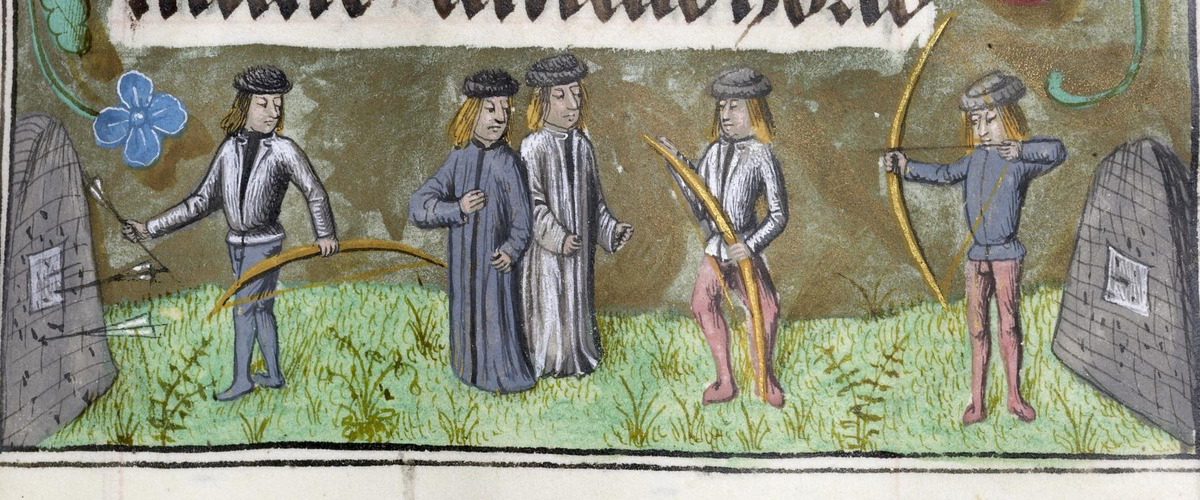
Archery, however, was a sport practiced by all men, especially in England, where it came to be an important part of English culture. These sports served an important function in honing skills that would be used in warfare. Archers could mean the difference between life and death, and the kingdom’s safety. Apart from martial sports, the forerunner of tennis was popular. This medieval version is known as “real tennis” and was played with a glove instead of a racquet.
For the less wealthy folk, simpler games involving balls and skittles were popular. Many of the sports played by the lower classes were particularly violent. Games similar to rugby or soccer were played. These games had few rules and could involve entire villages, utilizing vast tracts of land as the playing field.
Boxing and wrestling were also very popular and were practiced in various forms throughout the medieval world.
Medieval Entertainments Were Social Events

Unlike today, where we can entertain ourselves in front of the television or computer screen, the people of medieval Europe had a generally more social outlook on entertainment.
It helped create and maintain the bonds of family and friendship while also providing happiness and meaning to life. In a world that could often be brutal, entertainment in the Middle Ages was a great source of love and laughter.
